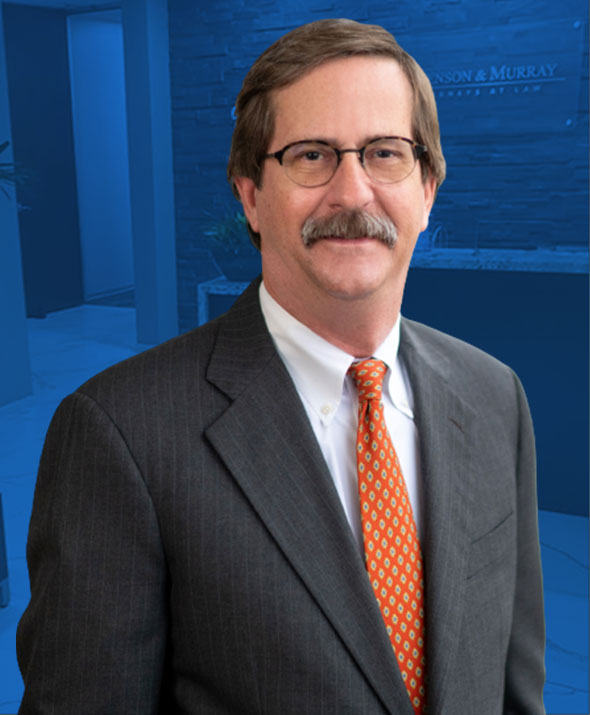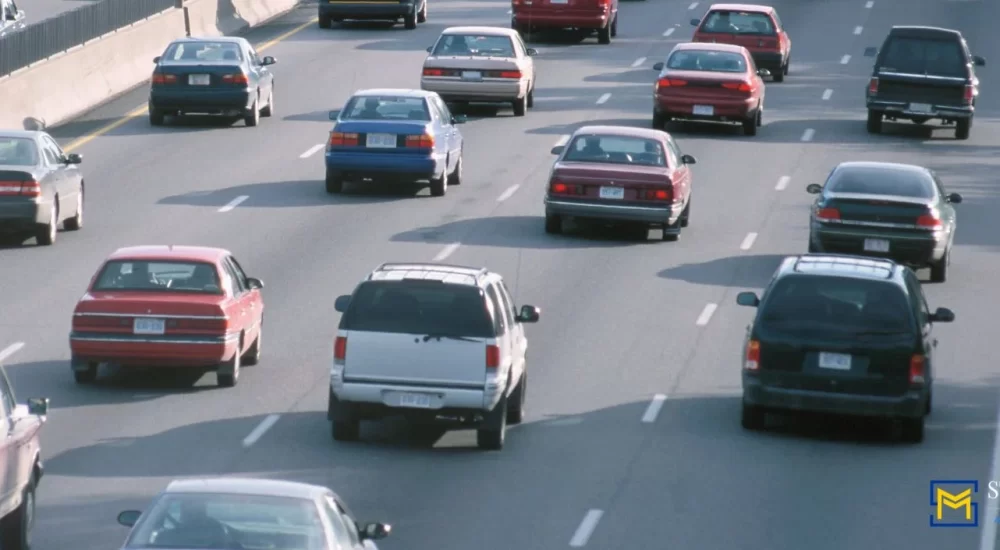|
|
Last Modified on Jun 19, 2025
If you’ve ever tailgated on I‑45 or 610 during rush hour, you might wonder how ignoring the safe following distance rule can lead to a Houston car accident. Rear-end collisions are extremely common here, often resulting from drivers failing to leave enough space to stop safely, especially in heavy traffic, rain, or unexpected slowdowns. Understanding the risks and legal responsibilities is vital for safety and liability.
The Danger of Tailgating on Houston Roads
According to the Texas Department of Transportation, Houston saw the following in 2024:
- 318 fatal crashes
- 339 fatalities
- 1,304 suspected serious crashes
- 22,578 possible injuries from crashes
- 66,236 total crashes
In Houston, these crashes are not only frequent but also dangerous, especially on expressways like I‑10, I‑45, and US‑59, where heavy traffic and sudden stops are common. That’s why maintaining a safe following distance can literally save your life and help you avoid legal consequences.
Why Following a Safe Distance Matters
A safe gap gives you time to perceive a hazard and react appropriately. A general rule of thumb is to utilize the three-second rule for normal speeds and at least one second per 10 feet of vehicle length for trucks, plus double that in adverse conditions. This is because a truck needs more time to stop than a normal car. Inclement weather can cause sliding if brakes are applied too quickly, therefore requiring more stopping time.
Houston experiences seasons of heavy rainfall, where maintaining a safe driving distance is imperative. When a driver does not adjust their driving distance accordingly, this can result in a high-impact collision, causing whiplash, spinal injuries, or even paralysis and death in extreme cases.
How Ignoring Safe Driving Distances Can Lead to an Accident
When a rear-end collision occurs, the tailgating driver is typically considered at fault. Texas follows a modified comparative negligence rule. This means victims can pursue damages as long as they’re less than 51% at fault. Determining fault often hinges on evidence, such as surveillance footage and eyewitness accounts. Major corridors like I‑45, I‑10, US‑59, and FM 1960 are especially prone to rear-end wrecks due to stop-and-go traffic.
How to Avoid Rear-End Collisions in Houston
Rear-end crashes are usually avoidable if you exercise proper habits and safety precautions behind the wheel. Maintain your awareness and adjust your speed and driving conditions to match the current conditions. Some key things to do to avoid rear-end collisions include:
- Follow the three-second rule. Leave at least three seconds of space between you and the vehicle in front of you, more if the conditions are inclement.
- Avoid distractions. Distracted driving is a leading cause of all traffic accidents. Avoid texting, adjusting the GPS, or eating while driving.
- Adjust your speed. Drive with the flow of traffic. If traffic is more congested and/or slower than usual, do not speed past and through others. This increases the likelihood of an accident, even if you’re driving within the legally posted speed limit.
- Remain focused. Locations like US-59 near downtown, 610 Loop, or intersections near Galleria are common crash zones. Increased alertness in these areas reduces your risk.
If a rear-end crash occurs, seek medical attention immediately, even if the injuries seem minor. Nearby trauma centers like Ben Taub Hospital and Memorial Hermann in the Texas Medical Center provide critical care 24/7. For immediate assistance, contact the Houston Police Department or the Houston Fire Department EMS by dialing 911.
Legal Penalties in a Rear-End Collision Case
If a driver is deemed negligent in a rear-end collision due to not maintaining a safe distance and someone else is injured, they may face legal penalties. Some of the penalties include:
- Traffic citations and fines
- Points on your driver’s license
- Increased insurance costs
- Financial responsibility for damages to vehicles, medical bills, and pain and suffering
However, shared fault can reduce the amount an injured person is entitled to.
About Stevenson & Murray
Located in Houston’s Greenway Plaza, Stevenson & Murray are trusted Houston car accident attorneys with a strong record in rear-end and personal injury cases. Founding attorney John W. Stevenson Jr., practicing for over two decades, and trial lawyer Mark T. Murray bring decades of combined experience.
We excel at investigating crash sites, negotiating with insurers, and litigating in Harris County courts. If you’ve been rear-ended, they can fight to secure the compensation you deserve.
FAQs
Can a Safe Following Distance Guarantee That a Driver Will Not Be Involved in a Collision?
No, following a safe distance does not guarantee that a driver will not be involved in a collision. However, it reduces the likelihood of being involved in a rear-end collision. Unfortunately, other drivers may still drive distracted and can swerve into you or crash into you from behind. However, having enough space gives you valuable reaction time to respond to unpredictable situations, making it an essential part of defensive driving.
What Is the Ideal Following Distance to Prevent Getting Into an Accident?
The ideal following distance to prevent getting into an accident is typically following the 3-second rule. This means that you want to leave at least 3 seconds of time between you and the car in front of you. You will want to increase this distance in unsafe driving conditions for extra precaution. This gap gives you extra time to stop or move in the event of unexpected road incidents.
Why Should You Keep a Safe Driving Distance Between You and Another Car?
You should keep a safe driving distance between you and the car in front of you to avoid hitting another car, improve visibility while driving, improve your ease and control of driving, and allow for smoother braking and acceleration. Even if you do not get into an accident, maintaining an unsafe distance can cause an uncomfortable ride for you and any other passengers in the vehicle.
Is the Rear Driver Always at Fault for a Rear-End Collision?
The rear driver is not always at fault for a rear-end collision, but they typically are. The rear driver is generally presumed at fault because they are responsible for maintaining a safe following distance. However, there are exceptions to these occurrences. For example, if the front driver brakes suddenly, has malfunctioning brake lights, or cuts off the rear driver unexpectedly, they may share some of the blame.
Hire a Car Accident Lawyer Today
If you were injured in a rear-end collision, Stevenson & Murray can help you seek the compensation you need for your damages. Contact us today for a consultation. We can help with rear-end collision cases.





